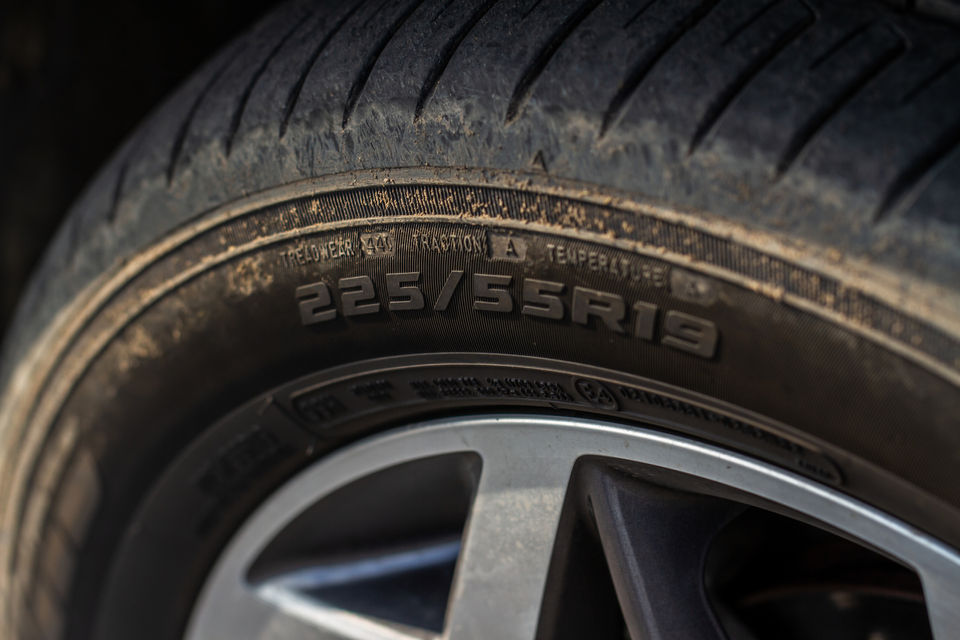
What Is A Radial Tyre? What Does This Mean?
Ever wondered about the technology behind your car’s tyres?
What exactly is a radial tyre, and how does it affect your driving experience?
Let’s explore how radial tyres work and why they’re the go-to choice for modern vehicles.
What Is A Radial Tyre?
A radial tyre is a type of tyre in which the cord plies are arranged radially, perpendicular to the direction of travel.
This construction method sets radial tyres apart from bias-ply tyres, where the cord plies are arranged diagonally. The radial design provides several key advantages that make these tyres a popular choice among tyre manufacturers and drivers alike.
Advantages Of Radial Tyres
Improved Fuel Efficiency
One of the primary benefits of radial tyres is their superior fuel efficiency.
The radial construction reduces rolling resistance, allowing the tyre to maintain better contact with the road surface. This, in turn, leads to reduced friction and improved fuel economy for your vehicle.
Better Handling And Traction
Radial tyres offer excellent handling and traction, especially in wet or slippery conditions.
Their tread pattern and flexible sidewalls ensure a larger footprint on the road, enhancing grip and stability. This feature is particularly valuable for drivers who prioritise safety and control.
Enhanced Durability
Radial tyres are known for their durability and longevity. The radial cord plies are designed to withstand the stresses of everyday driving, resulting in a longer lifespan compared to bias-ply tyres.
While they may come with a higher upfront cost, their longevity can offset the initial investment.
Disadvantages Of Radial Tyres
Higher Cost
One of the drawbacks of radial tyres is their initial cost. They tend to be more expensive than bias-ply tyres due to their advanced construction and the materials used.
However, as mentioned earlier, their longevity can make them a cost-effective choice in the long run.
Potential For Increased Noise
While radial tyres excel in many areas, they can be noisier than bias-ply tyres, especially at high speeds. This noise is a result of the flexible sidewalls and tread design, which can produce more road noise.
However, advancements in tyre technology have led to quieter radial options in recent years.
How To Identify Radial Tyres
If you’re unsure whether your tyres are radial or not, there’s a simple way to find out.
Look for the letter “R” on the sidewalls of the tyre. This “R” designation indicates that the tyre is of radial construction.
For example, if you see a tyre size like 205/65 R 15, the “R” signifies that it’s a radial tyre.
Conclusion
Radial tyres have become the industry standard for many reasons.
While they may come at a slightly higher upfront cost and potentially generate more road noise, their overall benefits make them a compelling choice for modern drivers.

Louis
I'm Louis, an engineer passionate about helping Australians choose better tyres for their vehicles!
